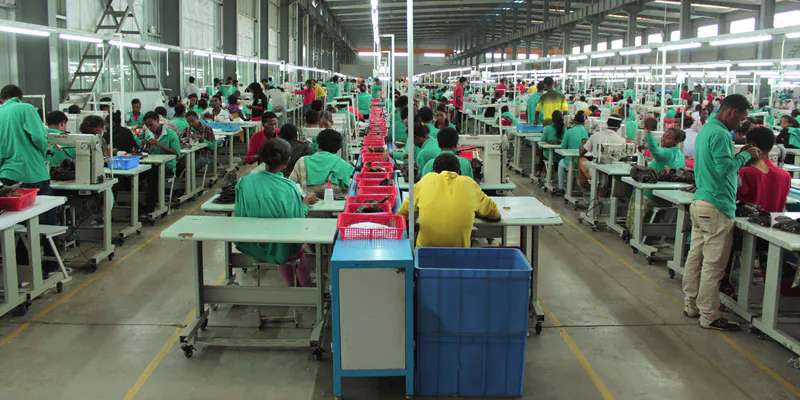Material sourcing is a crucial aspect of the apparel accessories manufacturing process, as it involves the procurement and selection of raw materials needed to produce items such as belts, hats, gloves, and scarves. Manufacturers must consider factors like quality, cost, availability, and sustainability when sourcing materials.
How technology is changing the process
Technological advancements have dramatically transformed the material sourcing process in recent years, providing manufacturers with innovative tools and solutions that enable them to make better decisions and optimize their operations.
Technology is transforming material sourcing in apparel accessories manufacturing, bringing significant benefits to manufacturers and consumers alike.
The Impact of Technology on Material Sourcing
From artificial intelligence (AI) to 3D printing, a wide range of technologies are revolutionizing material sourcing in the apparel industry, creating new opportunities and challenges for manufacturers.
Benefits of technology in material sourcing:
- Increased efficiency and speed: Technology streamlines the sourcing process by automating tasks and providing real-time data, allowing manufacturers to make quicker and more informed decisions.
- Improved accuracy and quality control: Advanced tools like AI and machine learning enable manufacturers to better predict demand and optimize inventory levels, reducing waste and ensuring quality.
- Greater transparency and traceability: Technologies like blockchain provide secure and transparent platforms for tracking the origin and lifecycle of materials, helping manufacturers and consumers make more ethical choices.
- Expanded options for sustainable and innovative materials: Innovative technologies have led to the development of new and sustainable materials, giving manufacturers a wider range of options to choose from.
Examples of Technology in Material Sourcing
- 3D Printing: 3D printing allows for rapid prototyping and production of accessories, enabling manufacturers to test new materials and designs with reduced waste and costs.
- Case studies of apparel accessories manufacturers using 3D printing for material sourcing: Companies like belt buckle manufacturers and cap manufacturers have embraced 3D printing technology to create innovative designs and minimize waste.
- Artificial Intelligence: Explanation of how AI is being used for material sourcing: AI and machine learning algorithms can analyze vast amounts of data to predict trends and optimize sourcing decisions, improving efficiency and reducing costs.
- Case studies of apparel accessories manufacturers using AI for material sourcing: Garments accessories manufacturers have implemented AI-driven platforms to optimize their sourcing process, while golf wear manufacturers use AI to enhance demand forecasting and inventory management.
- Blockchain: Blockchain technology provides a decentralized, transparent, and secure platform for tracking and verifying the origin and lifecycle of materials, ensuring ethical and sustainable sourcing practices.
Future of Technology in Material Sourcing
Emerging trends in technology for material sourcing
As technology continues to advance, we can expect to see further innovations in material sourcing, such as the use of virtual and augmented reality for immersive design and prototyping, and the development of more sustainable and eco-friendly materials through biotechnology.
Potential impact on the apparel accessories manufacturing industry
The growing adoption of technology in material sourcing will drive greater efficiency, transparency, and sustainability within the apparel accessories manufacturing industry. This will not only benefit manufacturers but also lead to more ethical and environmentally-friendly products for consumers.
Opportunities and challenges for manufacturers and consumers
While technology presents numerous opportunities for manufacturers and consumers, it also brings challenges. Manufacturers must invest in new technologies and adapt to an ever-changing landscape, while consumers must navigate a more complex marketplace with a vast array of products and information.
Technology is revolutionizing material sourcing in apparel accessories manufacturing, offering benefits such as increased efficiency, improved accuracy, greater transparency, and access to sustainable materials. Examples of technology in use include 3D printing, artificial intelligence, and blockchain.
Significance of technology in material sourcing for the apparel accessories industry
As technology continues to evolve, it will play an increasingly important role in shaping the future of material sourcing in the apparel accessories industry. Manufacturers and consumers alike must embrace these advancements to reap the benefits and overcome the challenges they present. In doing so, they can contribute to the development of a more sustainable, ethical, and innovative apparel accessories market.



